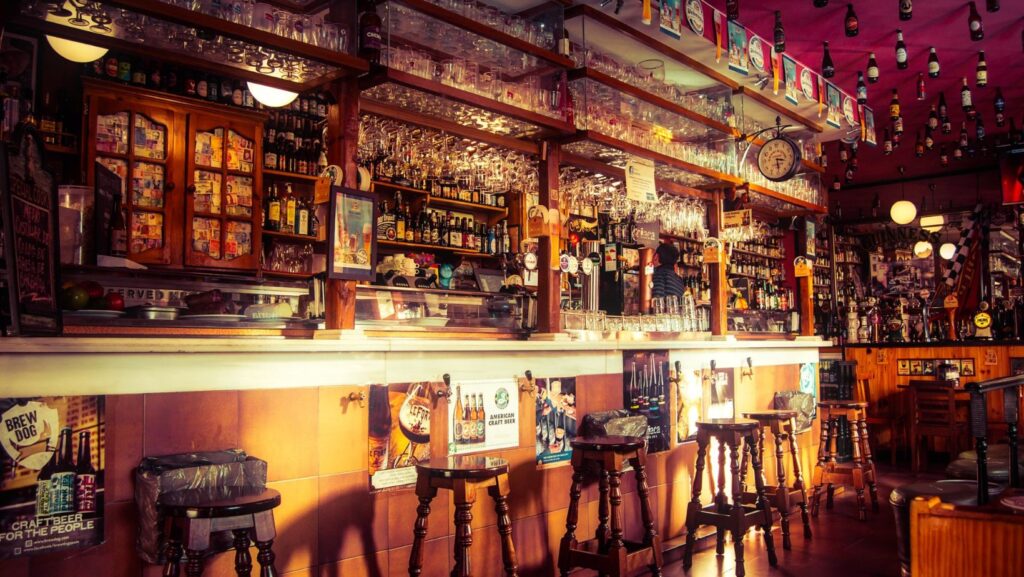
Barstools are no longer just functional seating solutions; they have evolved into design statements that reflect a region’s culture, aesthetics, and dining experience. As global travel and fusion cuisine grow in popularity, the diversity of barstool designs has become a fascinating topic. Here’s how barstool designs differ and what influences them worldwide.
MINIMALIST ELEGANCE
Natural materials, practicality, and simplicity are hallmarks of Scandinavian design. In this area, barstools frequently have clean lines, neutral colours like white, grey, and beige, and light woods like oak or birch. These restaurant bar stools embody the “hygge” lifestyle, which emphasises comfort and understated elegance.

INDUSTRIAL CHIC
Industrial aesthetics greatly affect barstool designs in North America, especially in cities. Raw materials like metal and recycled wood are frequently used in restaurants and bars in New York, Chicago, and Los Angeles to create a sophisticated yet gritty aesthetic.
Typical features include welding steel frames, distressed wood chairs, and height-adjustable mechanisms.
The colour scheme is more in line with the loft-style interiors popular in the United States and Canada, with a tendency towards blacks, greys, and rustic tones. While swivel designs accommodate convenience and a relaxed dining environment, leather padding or cushioned seats give a touch of comfort.
RUSTIC WARMTH
Designs for barstools from Latin America frequently highlight colour and artistry. Traditional craftsmanship is important in furniture design from Mexico to Brazil. The area’s vibrant culture is reflected in hand-carved wooden barstools with elaborate designs or vibrantly painted finishes.
Barstools may have “equipale” or braided leather seats in Mexico, providing strength and distinctive style. Tropical hardwoods like teak or mahogany, polished to bring out their inherent grain, are frequently used in Brazilian designs. These seats are a popular option for establishing a cosy, welcoming atmosphere in restaurants because of their emphasis on natural materials and handmade processes.
SOPHISTICATED LUXURY
Europe’s rich history and contemporary inventions are reflected in the variety of barstool designs. For instance, barstools in France and Italy frequently radiate elegance, focusing on pricey materials like marble, brass, and velvet.
With their curving curves, gilded embellishments, and striking colour schemes like emerald green, navy, or burgundy, art deco and mid-century modern designs are especially well-liked. These chairs enhance a restaurant’s décor and serve as seating. Other essentials include leather and polished wood, especially in places that want to create an elite atmosphere.
FUNCTIONAL CREATIVITY
Asian bar stools combine modern style with tradition. Because cities have limited space, nations like South Korea and Japan prioritise small, practical furniture. Japanese barstools frequently follow the wabi-sabi philosophy, emphasising natural materials like bamboo, wood, or cypress and imperfect beauty.

Southeast Asia’s tropical environment and emphasis on sustainable materials are reflected in the prevalence of barstools made of rattan or teak. These styles are ideal for outdoor eating since they are strong and lightweight.










